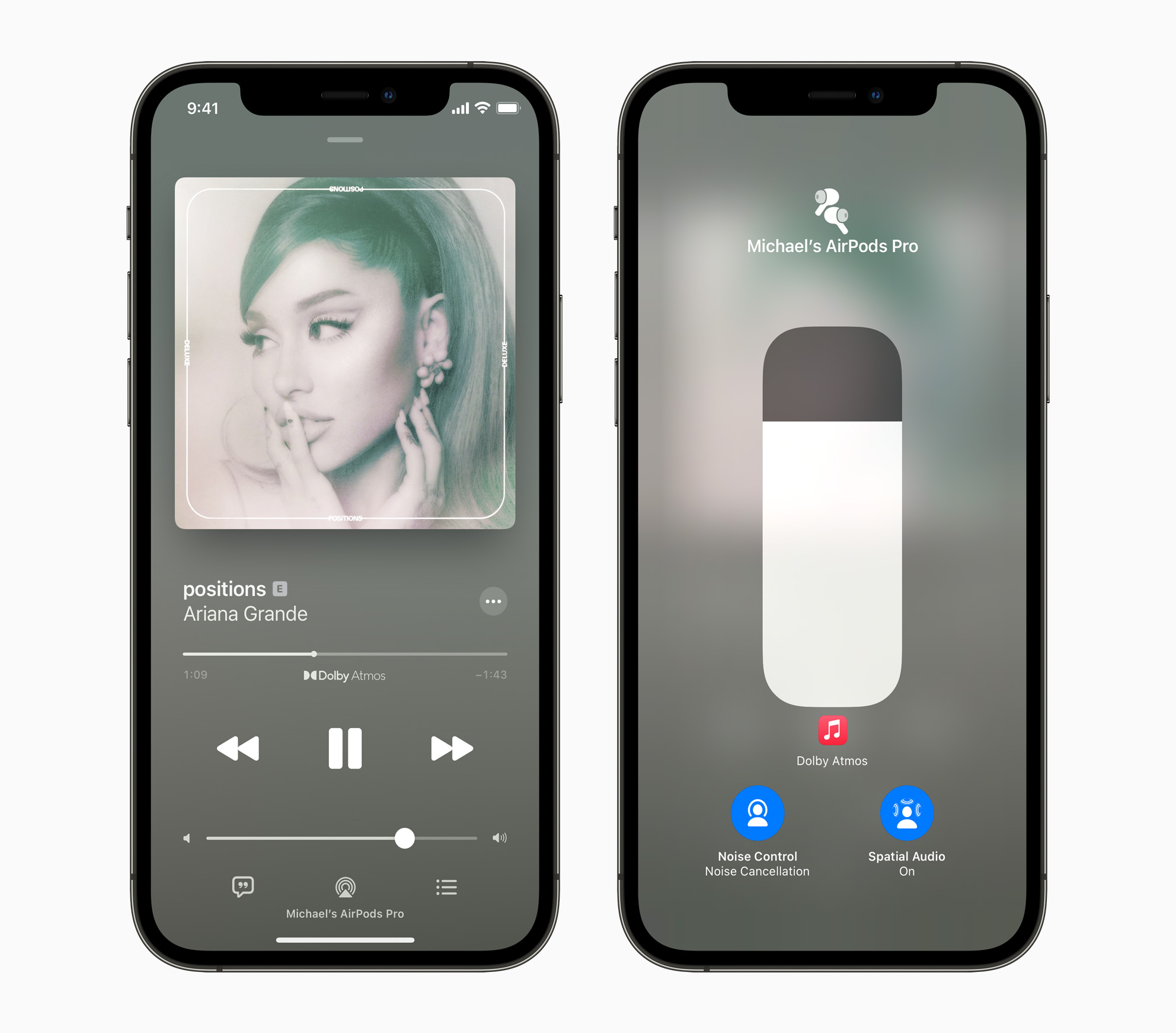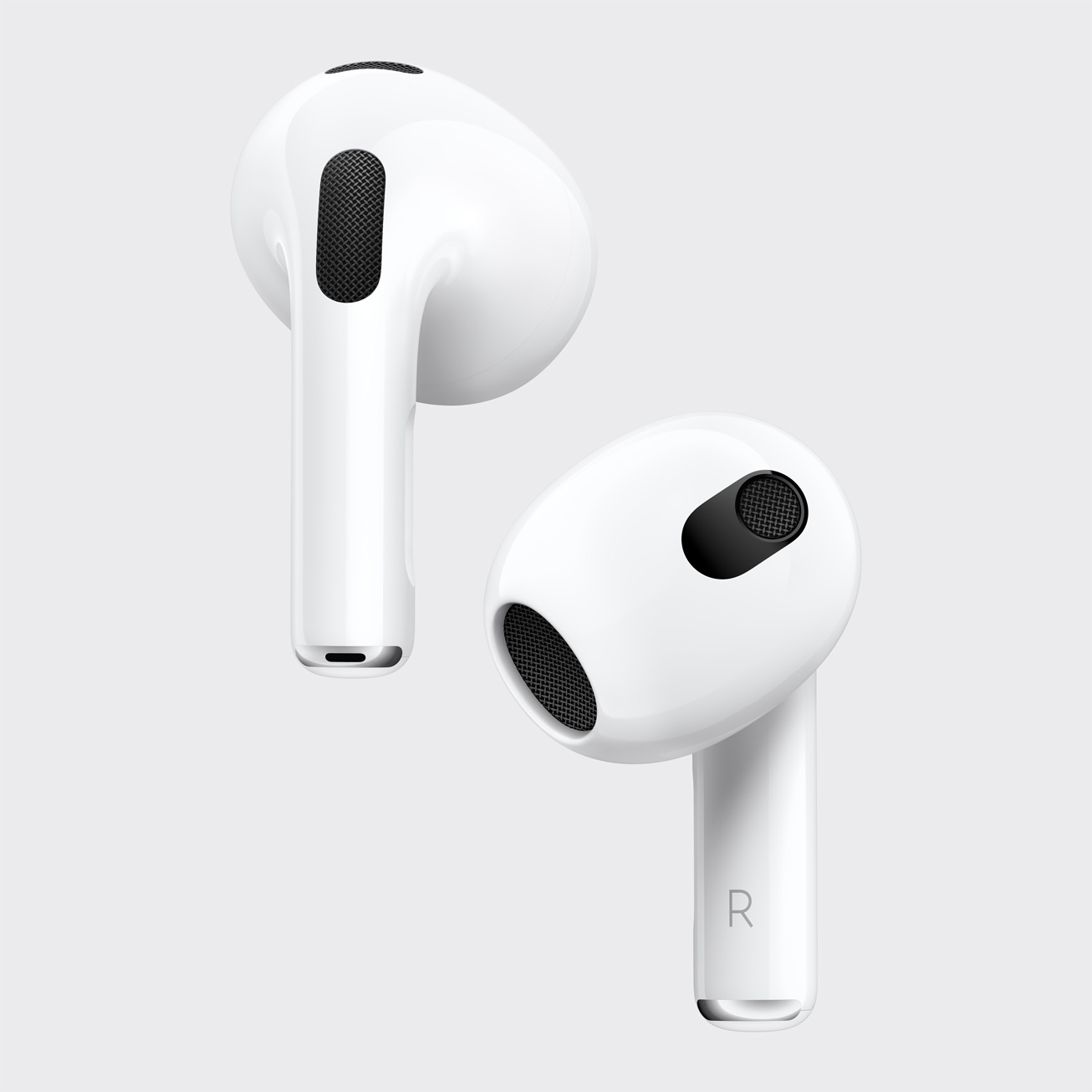News feed

Goosebumps. I distinctly remember the moment the base of Disclosure’s hit track “Latch” thumped over the airwaves at a Sam Smith concert in 2018. The air was hot and sticky, and the floor was vibrating. Speakers encapsulated the stadium and rained sound upon attendees. Despite my very best efforts to immortalise these moments in a camera roll – of which I still have saved today – it could never quite capture the feeling of a live experience. Because we don’t just listen to great music, we feel it.
When the pandemic shuttered music venues across the world, we weren’t only deprived from physical touch, we were deprived of immersive sound. In June, Apple Music introduced a remedy for this: Dolby Atmos Spatial Audio.
Spatial Audio, which can be discovered on Apple Music, is quite simple in theory. It places the listener in the middle of sound so unlike stereo earphones and headphones – where music is coming at you from the front – Spatial Audio sounds like it is coming from all around you.

Grammy and ARIA award-winning sound engineer Eric J Dubowsky, describes the technology as the “future” of music.
“People are just scratching the surface of what’s possible,” the producer told GRAZIA. “That’s the thing I love about this sort of new audio, that we’re always trying to push into new territory with sound.”
Dubowsky is a New York City native who upon travelling to Australia, quickly became one of the industry’s most prominent music geniuses. His (Grammy winning) discography includes music from the likes of Flume, Chet Faker, Tove Lo and Kylie Minogue. From his past experiences, you could say he was destined to lead the future of electronic music.
After graduating from Syracuse University, Dubowsky worked as both a musician and an engineer in New York, most notably working alongside Atlantic Records legend Arif Mardin (responsible for music from Aretha Franklin, David Bowie and the BeeGees) at Greene St. Recording. The studio is considered one of the early homes of hip-hop and crafted records for the likes of Run DMC and Pete Rock.

It feels like a full circle moment given the BeeGees hit track “Stayin’ Alive” has recently been remixed using Apple’s Spatial Audio technology. Similarly, the likes of Jackson 5, The Beatles and the late Amy Winehouse have all received the same treatment. For a nostalgia-obsessed Generation Z, it creates the illusion of being on stage with the artist as Winehouse belts out “Rehab”; the trumpet blasting from behind, the drums feel like they’re being played from the right and the woman herself is right in front.
“You’re experiencing the song in a more profound way where you get that sense of being immersed in the music,” he explains.
“In a regular stereo experience, you don’t have the height. With Apple’s Spatial Audio you can place sound above you which is totally new. Have you ever had ceiling speakers before?”
We attend live music to feel connected with the artist and their emotions. While the singer may not be standing in front of us at this moment, the same could be said of that connectedness when you listen to immersive audio.
Dubowsky suggests thinking of the technology as surround sound, like you experience in a cinema, but one that is at your fingertips and on demand. Olivia Rodrigo’s debut album “SOUR” is one of the early bodies of music to be released in Spatial Audio and will likely go down in history as the first of its kind.
The release feels reminiscent to the launch of Dolby Stereo in 1976 which used Barbra Streisand’s track “A Star Is Born” to provide an example of the new technology. When George Lucas’ film Star Wars: A New Hope was released in 1977 however, it proved how powerful surround sound was to the viewer’s experience of the film. You could hear the Star Destroyer glide over the audience as if it were happening in real life – that’s the response Lucas wanted.
This incredible sound quality has now been translated to earphones, so listeners can hear a song the way it was intended by the artist.
“Surround audio has existed for years, but it wasn’t something that the average consumer was experiencing because you had to have the speakers in your house and the surround set up,” Dubowsky says. “It was never really going to take off in the way that Spatial Audio can.”
“Because speaker technology is getting better, headphones are getting better,” he continues. “Once people understand how to use it, there won’t be any reason to listen to stereo. I think it’s just going to be something where people will get used to it. Just like when we switched from mono to stereo – that was weird.”
Only a select number of artists and tracks have been released or remixed with Spatial Audio, a process, Dubowsky is undergoing with his own roster of musicians. And so far, the feedback has been positive.
“It’s expanding the audio universe,” he says. “When writing new music now, you can plan ahead… Once [artists and producers] realise what you can do and how you have this huge sound stage to work with, it’s going to expand the palette of possibilities on where you place sound. We’re going to push even further in how we can blow people’s minds.”
Spatial Audio is already available to subscribers of Apple Music at no extra cost. You will need AirPods Pro, AirPods Max, or AirPods (3rd generation) with Spatial Audio turned on. The built-in speakers of the iPhone XS and later (except iPhone SE), iPad Pro 12.9-inch (3rd generation or later), iPad Pro 11-inch, or iPad Air (4th generation) will also lend the surround sound experience. And if you’re not an Apple user, there is an array of earphones and headphones that are also compatible.

I’m listening to Disclosure’s “Latch” featuring Sam Smith via Spatial Audio while I work from home. The hook echoes, the bass is thumping through my earphones and Smith’s buttery vocals vibrate. For 4 minutes and 18 seconds it’s as if I’m in my own bubble with the artist. I’m dancing. Then… goosebumps.









